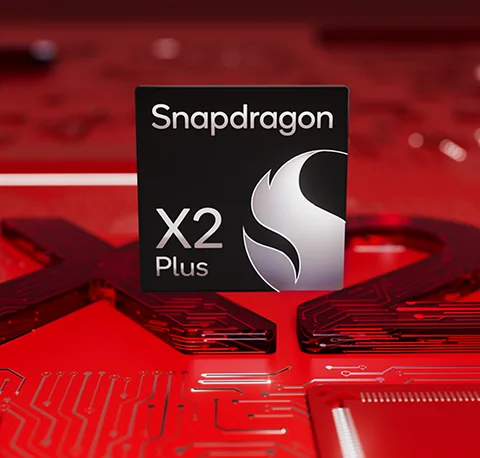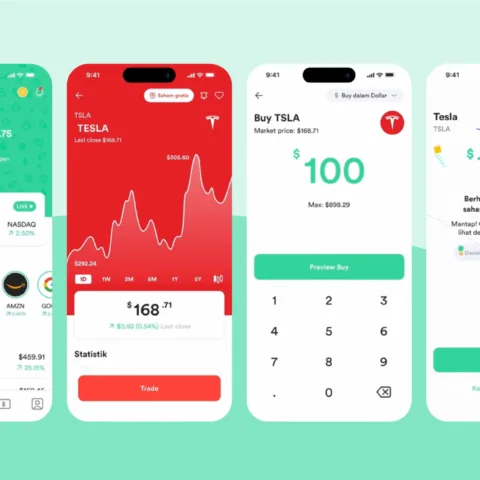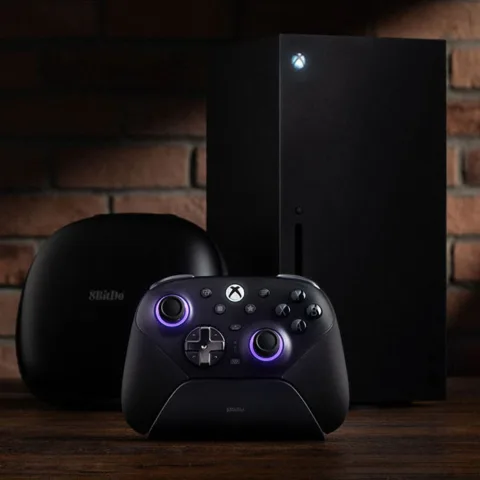 There is a topic raised by IndoTelko and becomes the main question for me for the last few days. Of the four still operating CDMA operators, two of them has been suffering heavy losses (Bakrie Telecom and Smartfren), one operator is basically can be considered dead (StarOne) and another one (Telkom Flexi), even though protected by the largest telecommunication company, is in fact experience a major customer decrease and no longer active. Why is that? Is there any way for them to remain and compete with their competitor, especially the “Big 3” GSM operators that dominate the market?
There is a topic raised by IndoTelko and becomes the main question for me for the last few days. Of the four still operating CDMA operators, two of them has been suffering heavy losses (Bakrie Telecom and Smartfren), one operator is basically can be considered dead (StarOne) and another one (Telkom Flexi), even though protected by the largest telecommunication company, is in fact experience a major customer decrease and no longer active. Why is that? Is there any way for them to remain and compete with their competitor, especially the “Big 3” GSM operators that dominate the market?
Let’s first review the condition of CDMA operator globally. Countries that own CDMA operator that is still running until now, are few. Only the United States, Japan, Korea and China are considered to be successfully defending their CDMA operator. The rest prefers to maintain the GSM hegemony. The success story of CDMA operator in these countries is relatively similar; has a broad range of coverage and supported by high-speed broadband technology to access data.
What about in Indonesia? Public perception of CDMA operator is low-cost carrier, if not “cheap”. The first image that instilled by a number of carriers was very cheap calls and message sending using CDMA operator, both for inter-network and to another provider. But in fact, there is no story of a household assistance whose hometown is in rural Centra Java is using CDMA operator. They choose GSM that has better signal range and more varied choice of handset – they prefer Nokia phones than made in China ones.
Time has changed. Now, most people in cities prefer to use mobile phones to access the internet, especially to access various social media service. Unfortunately, this condition is not well anticipated by the existing CDMA operators. Adaptations to face this change are not done fast enough. Although they currently have a number of internet package which claimed to be faster and more reliable than GSM operator but when we asked about the primary service for certain data package, of course no one will mention one of these CDMA operators.
So the conclusion of the problem, in my opinion, is 1) the lack of signal coverage, especially at the rural areas and 2) lack of public trust in the quality of offered data services. So, how CDMA operator can compete and survive?
Frankly, the steps are going to cost a large investment. First, is to try to reach people in remote areas to increase coverage. If the investment to build the tower is too expensive, it is only natural to work together with fellow CDMA operator in utilizing shared resources. I’m not sure if they can work with GSM operator to solve this problem. Signal reliability is important but choice of cell phone is also important. I don’t deny that there are a lot of good cell phones, even from the generic brand but looking at the fact of my household assistant, they should be thinking about the choice of famous brand mobile phones.
Next is the matter of data. Relentlessly marketing data service product is nice but it must also be balanced by the quality of service excellence. If the operator claims that its offered internet connection will never go broken while streaming a video on YouTube but not proven when the traffic is high, does the operator ready to be prosecuted? EV-DP Rev A technology is suppose to be enough if the quality of the infrastructure is indeed okay – no need to go all the way to next grade by implementing LTE. Problem lies in operator’s ability to maintain quality of its service.
Based on existing trend, the growth of new subscriber in Indonesia will be slowed because of mobile penetration rate that almost reached saturation point. Rather than wasting time trying to acquired new customer, why not at least try to retain existing user and increase ARPU with a better quality of service?
I predict, within the next two years, there will be a CDMA operator that collapsed or acquired because it no longer can stand with a sound financial health.











Intriguing
Obviously the proliferation of cheap smartphone combined with social media apps decrease the need of modem-based connection. To get connected on the road nowadays, people don’t need laptop.
As an anecdotal evidence, a lot of my college friends are using Smartfren for browsing from their dorms (which usually don’t provide decent internet access). Reasonably “unlimited” (3 GB/month) data is very attractive indeed, compared to limited HSDPA coverage by GSM providers. So seems like there are still a lot of potentials for urban usage.
Some other place, I have read that CDMA hasn’t gained profits and in fact they are in down side. I think it is such a serious issue for CDMA network operators. I think the points you have mentioned above are pretty fair reasons for happening that.